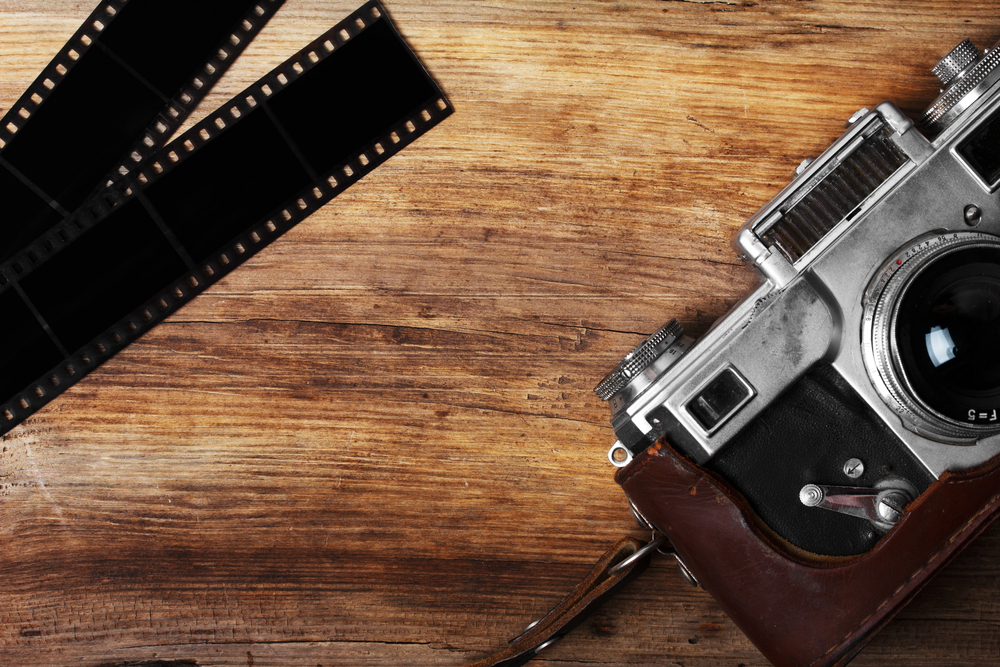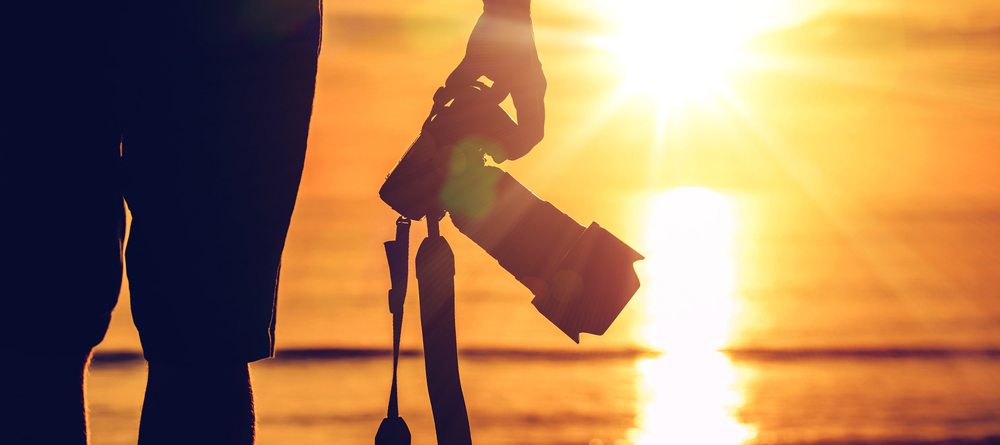In the digital age, the charm of film photography stands undiminished, capturing not just images but the very essence of a moment. If in the world of technology, where everything is already from ordering food at home to online entertainment, about which you can learn more on IviBet review, everything is available on your smartphone, then with a photo on a film camera everything is a little more complicated.
Shooting with a film camera is an art that hones your photographic skills and patience. Here’s a comprehensive guide to learning film photography and ensuring your photos are not just high-quality but also atmospheric and evocative.
Understanding Your Tool: The Film Camera
Before you begin, it’s crucial to understand your film camera. Unlike digital cameras, film cameras come with limitations in terms of the number of shots available per roll. This limitation encourages mindfulness and intention with every click. Familiarize yourself with your camera’s settings – focus, aperture, shutter speed, and ISO.
1. Choosing Your Camera and Film:
- Types of Film Cameras: There are various types of film cameras – SLRs (Single-Lens Reflex), TLRs (Twin-Lens Reflex), rangefinders, and point-and-shoot. Each has its quirks and features. SLRs are the most versatile and are great for beginners due to their through-the-lens viewing and flexibility.
- Selecting the Film: Film is your canvas. Films come in different speeds (ISO), with lower ISOs giving finer grain and higher ISOs suited for low light. Experiment with different film stocks to find your preferred aesthetic – each has unique color rendition and contrast.
2. Learning the Basics:
- Exposure: Understanding exposure is critical. Exposure is determined by the ISO, shutter speed, and aperture. Use a light meter (many film cameras have built-in meters) to measure the light and adjust settings accordingly.
- Focus: Most film cameras have manual focus, which means you’ll need to adjust the focus ring to ensure your subject is sharp.
- Composition: With limited shots per roll, composition is key. Apply the rule of thirds, look for leading lines, or experiment with different perspectives.

3. Shooting Your First Roll:
- Start Simple: Begin with a simple subject to understand how your camera reacts to light and settings.
- Take Notes: Keep a notebook to record your settings for each shot. This practice helps you understand what works and what doesn’t once you get your film developed.
- Experiment: Don’t be afraid to try different angles, lighting conditions, and compositions.
4. Developing Your Film:
- Choosing a Lab: Find a reputable lab to develop your film or consider learning to develop at home if you’re feeling adventurous.
- Understanding Development Times: Each film type has specific development requirements. Labs will handle this, but it’s good to have an understanding of the process.
5. Learning from Your Developed Photos:
- Analyze Your Results: Once your film is developed, spend time analyzing your photos. Look at what worked and what didn’t. Pay attention to exposure, focus, and composition.
- Embrace Imperfections: Film photography is as much about the unexpected and serendipitous imperfections as it is about precision.
6. Advancing Your Skills:
- Experiment with Different Films: As you get more comfortable, start experimenting with different types of film. Each has its unique characteristics – black and white, color negatives, or slide film.
- Challenging Different Lighting Conditions: Test your skills in various lighting – golden hour, harsh sunlight, or even nighttime photography with a tripod.
7. Creating Atmosphere:
- Capturing Mood: Film has a unique way of capturing mood. Pay attention to lighting, shadows, and time of day to create atmospheric photos.
- Playing with Grain: Use higher ISO films to create grainy textures that add character to your photos.
8. Going Beyond the Camera:
- Printing Your Photos: Learn to print your photos in a darkroom. The darkroom process is as artistic as the act of taking the photo itself.
- Creating a Story: Film photography is about storytelling. Create a series of photos that tell a story or convey a theme.
Conclusion
Film photography is a journey that goes beyond capturing images. It’s about seeing the world differently, understanding light, and making each shot meaningful. As you progress, you’ll develop not only your technical skills but also your artistic vision. Remember, every roll of film is a new adventure, a fresh canvas waiting to be filled with your unique perspective. Embrace the process, enjoy the slow art of film photography, and watch as your photos come alive with depth, character, and atmosphere.





